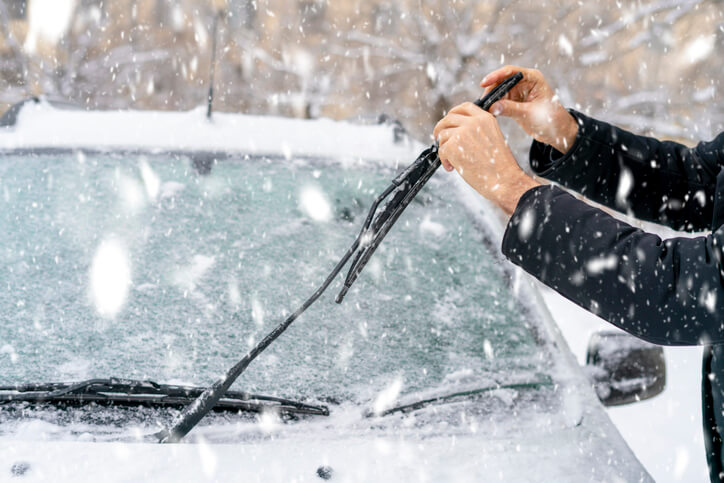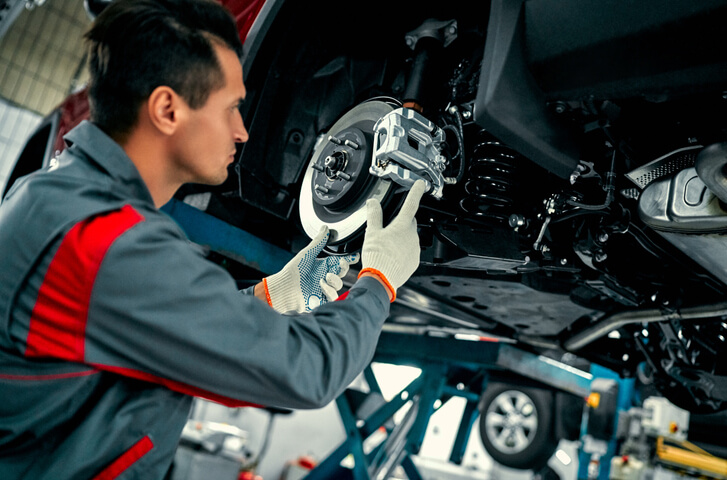5 Winter Maintenance Mistakes New Mechanics Learn to Avoid
Cold weather can be tough on cars, revealing any weak spots in their maintenance. New auto mechanics fresh out of auto mechanic school quickly learn that winter is the ultimate test for vehicles. Inexperienced technicians might overlook certain winter prep steps that seasoned pros never forget. Luckily, hands-on auto mechanic training emphasizes how to avoid these pitfalls.
Here are five common winter maintenance mistakes new mechanics learn to steer clear of, and how proper training helps you avoid them:
1. Skipping Critical Fluid Checks in Winter
One big mistake is neglecting to check and top up vital fluids as temperatures drop. Cold temperatures can thicken engine oil and reduce its effectiveness, especially if it’s past due for a change. Antifreeze (coolant) is another fluid that must be checked before winter. If the coolant mix isn’t correct, it can freeze and overheat your engine or even crack the engine block.
In auto mechanic training, you learn to use tools like hydrometers to measure coolant strength and ensure a 50/50 antifreeze-water mix that can handle Canadian winters. You’ll also get into the habit of checking oil viscosity and switching to winter-grade oil if needed.
2. Neglecting the Battery and Electrical System
Recent auto mechanic training graduates may assume a battery is fine if the car starts in mild weather, only to have it fail on a freezing morning. Batteries lose cranking power as temperatures drop, and older batteries or weak charging systems often give out in winter. Failing to inspect battery terminals for corrosion or to check the battery’s charge can leave drivers stranded. In training, instructors stress battery care. That way, when you become a mechanic, you’re prepared to keep vehicles reliable through the coldest days.

3. Overlooking Wipers, Defrosters, and Visibility
Visibility is vital for safe winter driving. If a mechanic doesn’t replace worn wiper blades with winter-ready ones, drivers might end up with streaky or ineffective windshield clearing. Another related mistake is not using or recommending winter-grade windshield washer fluid. Standard fluid can freeze as it hits the glass or even inside the reservoir when temperatures plummet, leaving the driver with no way to clear salt and grime off the windshield.
Don’t forget the defroster and heater. If these aren’t working properly, windows can fog up or ice over from the inside.
4. Forgetting Tire Preparation and Pressure
Tires are the only part of a car that touches the road, so failing to prepare them for winter is a serious mistake. New mechanics might underestimate how much cold weather affects tires. Underinflated tires can lead to reduced traction, extra tire wear, and even a higher risk of blowouts.
Another oversight is neglecting to recommend switching to winter tires (or at least ensuring all-season tires are in good condition). Using summer or badly worn tires on icy roads dramatically increases stopping distances and the chance of losing control.

5. Not Inspecting Brakes and Other Winter Wear Points
Another error is overlooking the brakes and other components that face extra strain in winter. If a mechanic doesn’t catch that brake pads are thin or brake fluid is old (and possibly moisture-laden), the vehicle might not stop effectively when it counts.
In auto mechanic school, you learn to thoroughly inspect brake pads, rotors, and brake fluid as part of winter prep.
Prepare for Winter Like a Pro with Auto Mechanic Training
Winter maintenance requires a keen eye and the right skills. During ATC Cambridge’s Automotive Service Technician program, students get extensive hands-on experience inspecting, servicing, and winterizing vehicles in real shop conditions.
Experienced instructors at ATC Cambridge ensure that by the time you graduate, you know how to anticipate seasonal maintenance needs and address them confidently.
Are you ready to become a mechanic?
Get the skills and knowledge you need with ATC Cambridge’s auto mechanic program.


